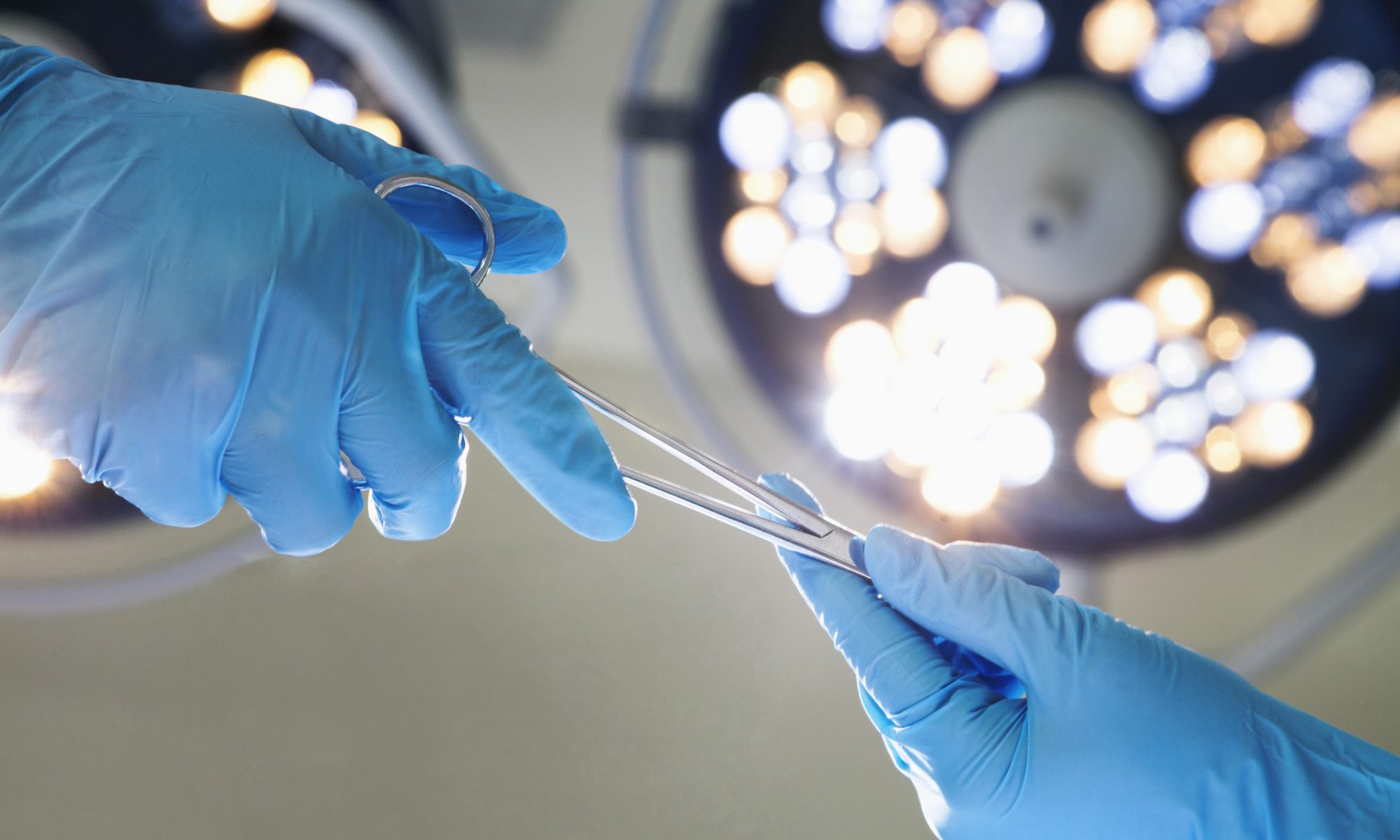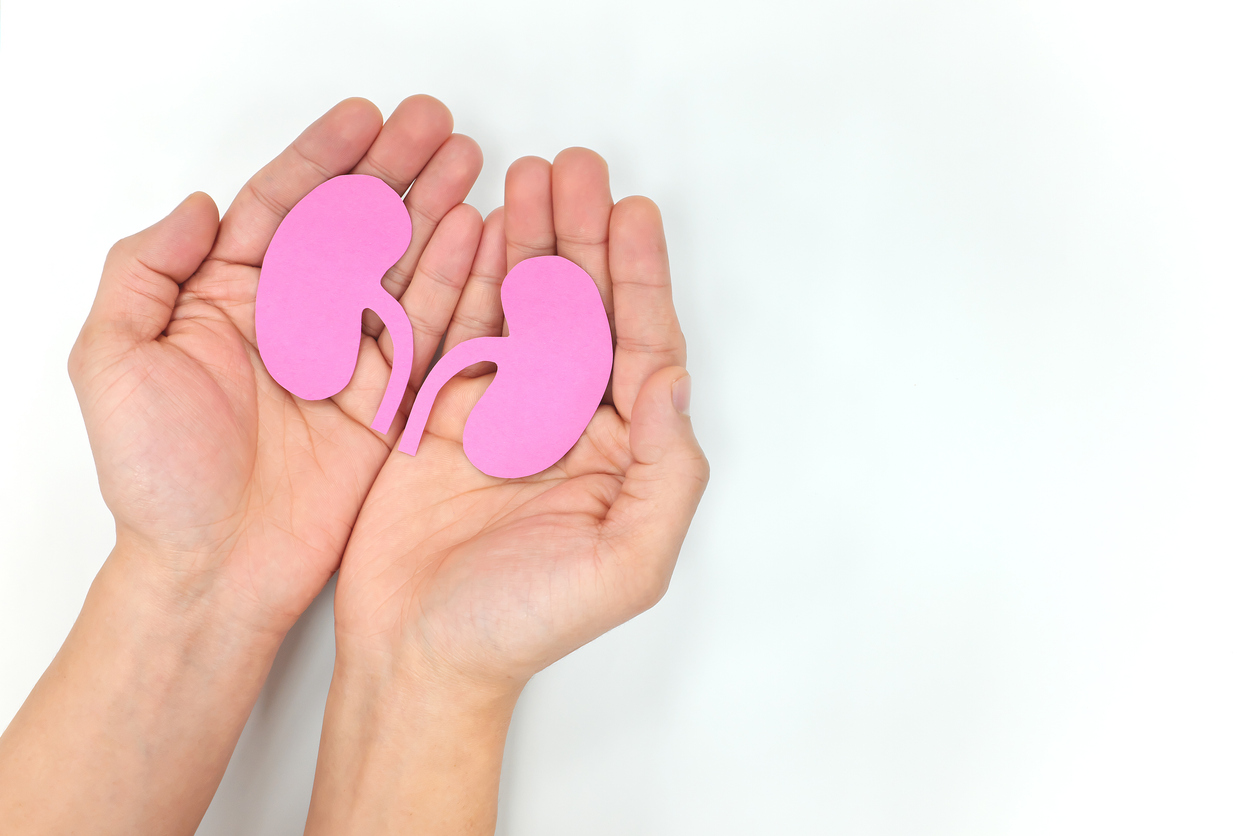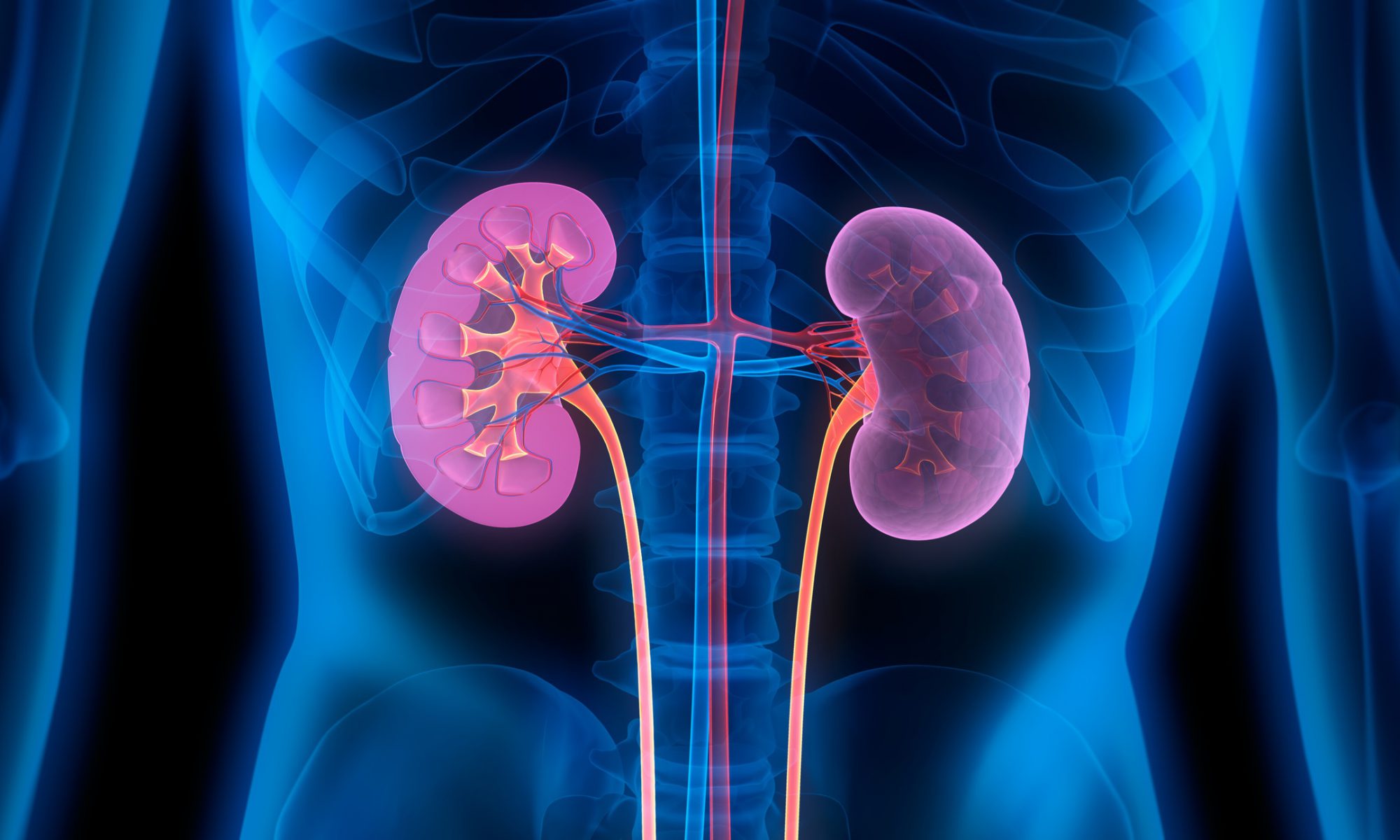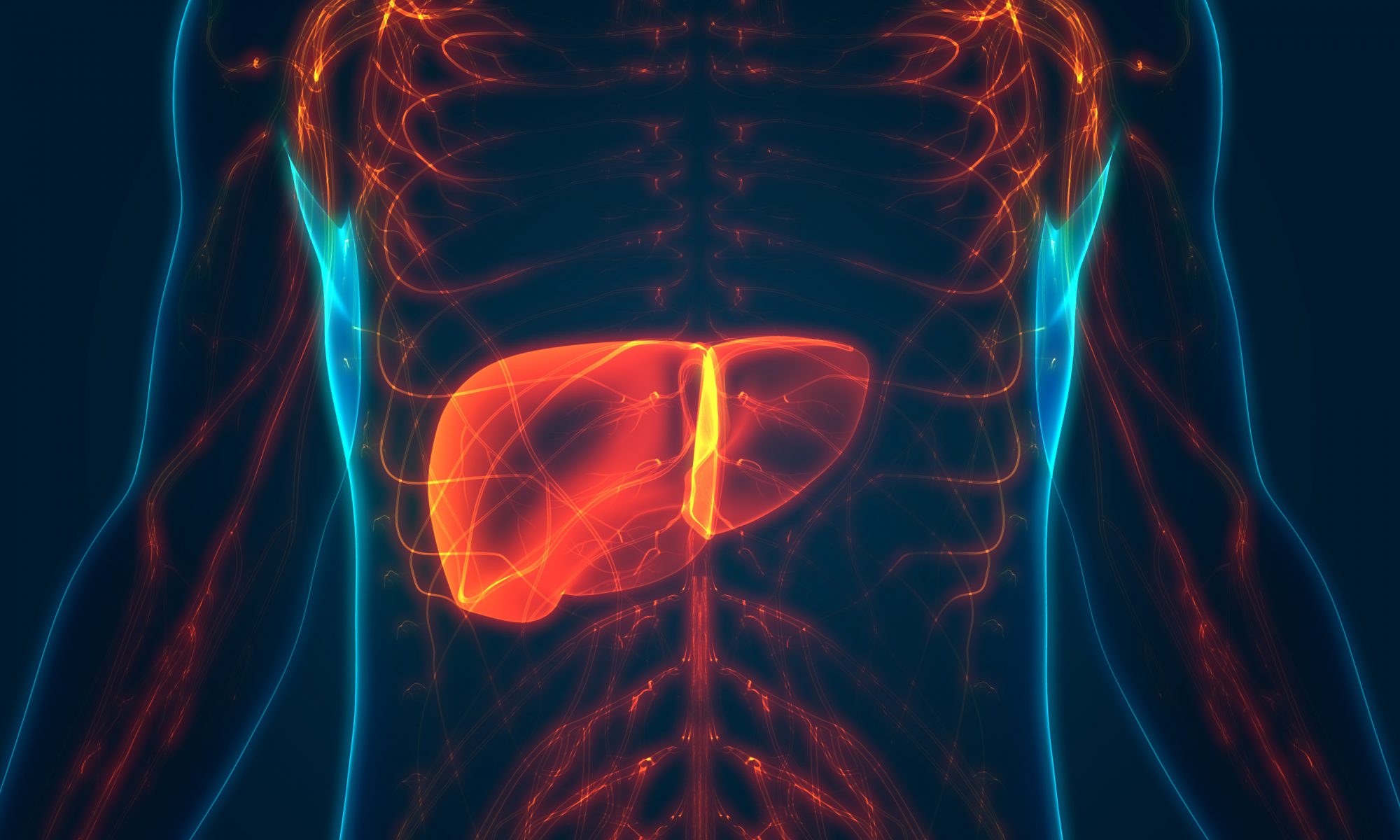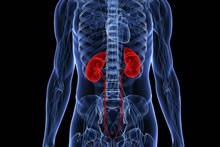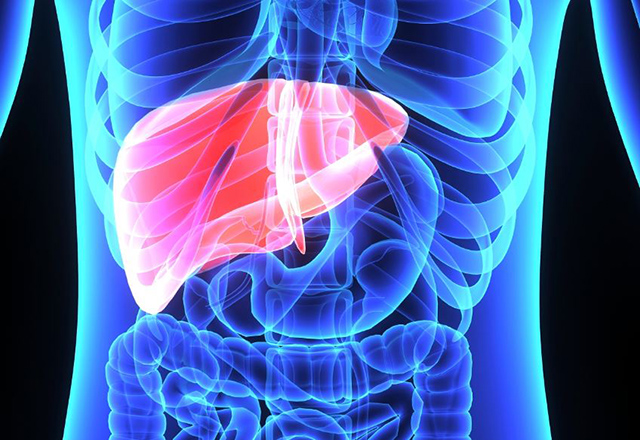UC San Diego Health’s Center for Transplantation is among the nation’s best in lung, heart, kidney and liver programs.
Organ donation and transplantation marks one of the great advances of modern medicine, providing a second chance at life for a patient whose organ(s) is failing or damaged beyond repair from disease or injury.
The Center for Transplantation at UC San Diego Health is a national hub of clinical expertise and research, and the region’s leader in transplantation. Since 1968, the center has performed thousands of transplants under a national standard of care model. Read more in UC San Diego Today.
